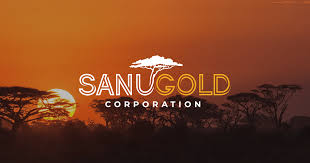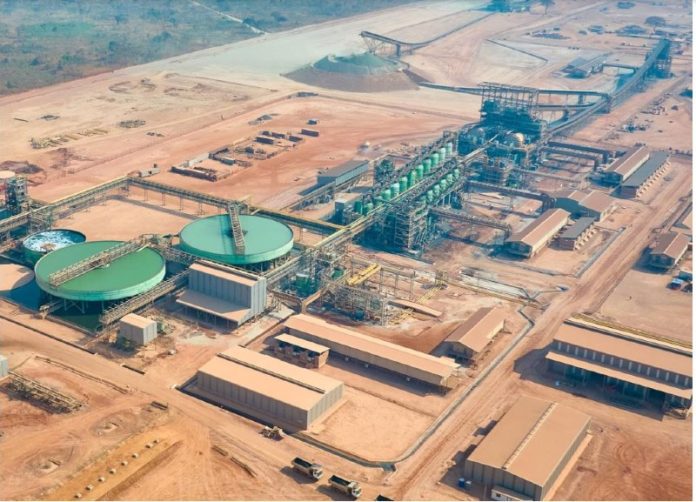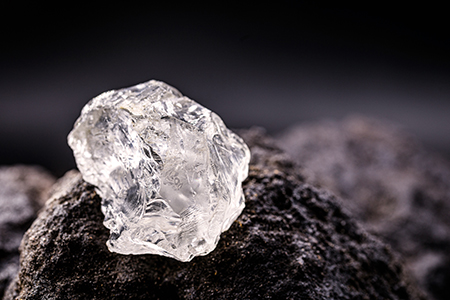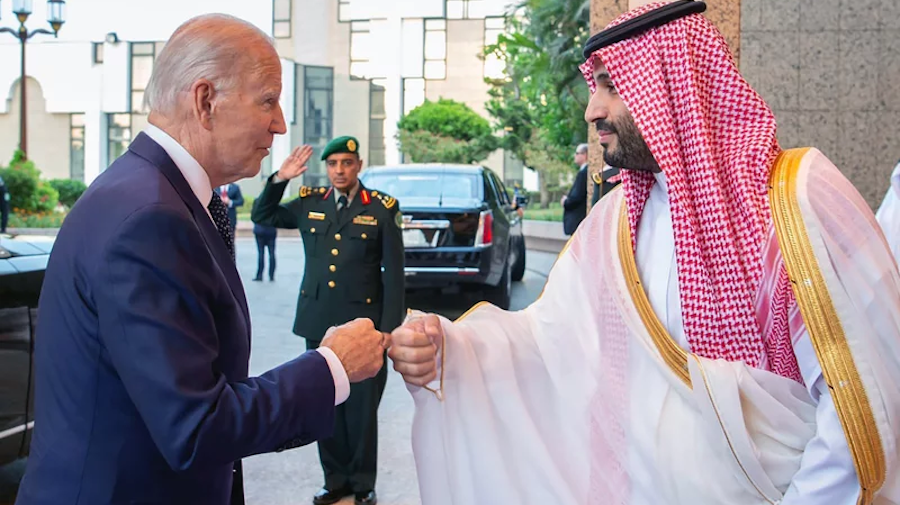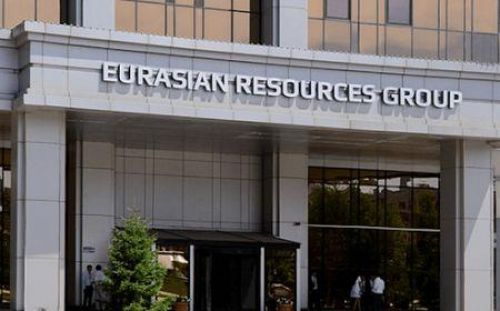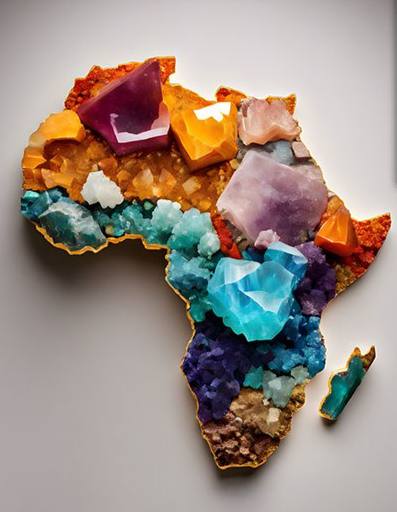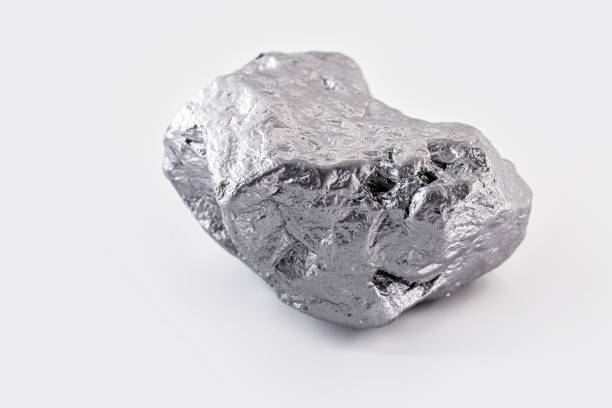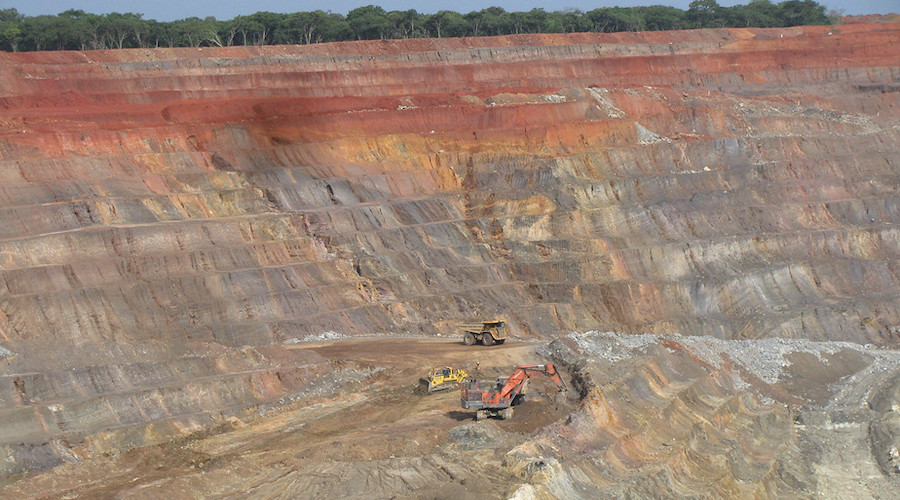Base Metals

Nickel Glut Persists but African Mining Ambitions Remain Strong
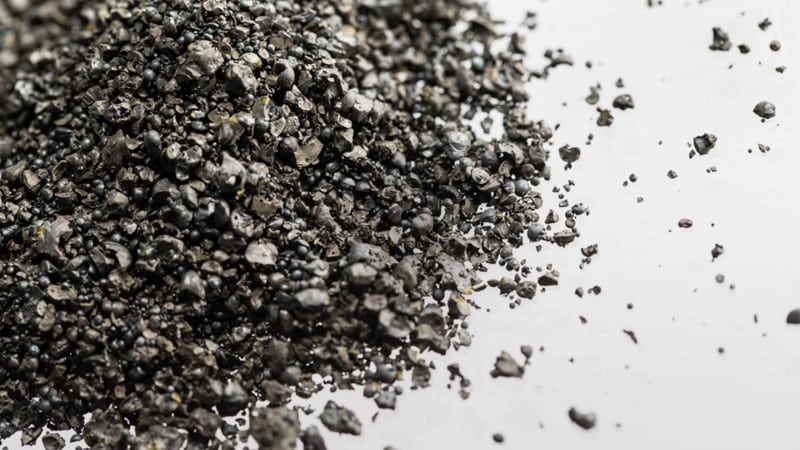
Nickel prices have been sliding since 2022 as global supply outpaces demand in the battery sector. Despite announcements of production cuts, especially in Indonesia, analysts expect the market to remain oversupplied in the short term.
The International Nickel Study Group (INSG) projected a 209,000-ton surplus for 2025 and anticipates another oversupply of 261,000 tons in 2026. In a report published on October 7, the Lisbon-based organization said global production should rise to 4.08 million tons next year, while demand is expected to reach 3.8 million tons.
This would mark the fourth consecutive year of surplus since 2023. The Japanese miner Sumitomo Metal Mining also forecast a similar excess of 256,000 tons for 2026, according to Reuters.
Despite the downturn, mining investment in Africa continues. First Quantum Minerals is ramping up production at its Enterprise mine in Zambia, which reached commercial output in June 2024. The company expects production to reach up to 25,000 tons in 2025.
In South Africa, Ivanhoe Mines plans to commission its Platreef project by the end of 2025. The mine will produce nickel alongside platinum group metals.
Meanwhile, Lifezone Metals is advancing its Kabanga project in Tanzania, designed to produce 50,000 tons of nickel annually for 18 years. The company plans to reach a final investment decision by mid-2026 before starting construction.
Nickel traded at about $15,200 per ton on the London Metal Exchange on October 12, down roughly 50% from $31,000 at the end of 2022. The slump has forced several operators to suspend production, including BHP’s Western Australia nickel division.

To cope with the weak market, African producers are focusing on efficiency. First Quantum Minerals said in its second-quarter report in July that it had revised its mining strategy to “increase throughput and reduce operating costs” amid a “challenging nickel market environment.”
Lifezone Metals is betting on the quality of its deposit. “We believe the Kabanga nickel project is the best nickel development project in the world. Its superior grade will enable strong cash generation even at lower prices,” said Ingo Hofmaier, the U.S.-based company’s chief financial officer, in April.
Nickel remains one of the key metals in the global energy transition. While lithium-iron-phosphate (LFP) batteries are gaining traction, demand for nickel-rich chemistries remains robust.
“The demand for conventional nickel-rich EV batteries is expected to increase in the long term as China restricts LFP technology exports,” said Sumitomo Metal Mining CEO Shiro Imai, as quoted by Reuters.
Benchmark Mineral Intelligence analyst Will Talbot shared a similar view. “While LFP’s market share will grow, NCM (nickel-cobalt-manganese) batteries will remain important, especially in Western markets,” he told Agence Ecofin .
African projects, therefore, continue to position themselves for an eventual recovery in prices—balancing short-term headwinds with long-term optimism about the metal’s role in clean energy technologies.



